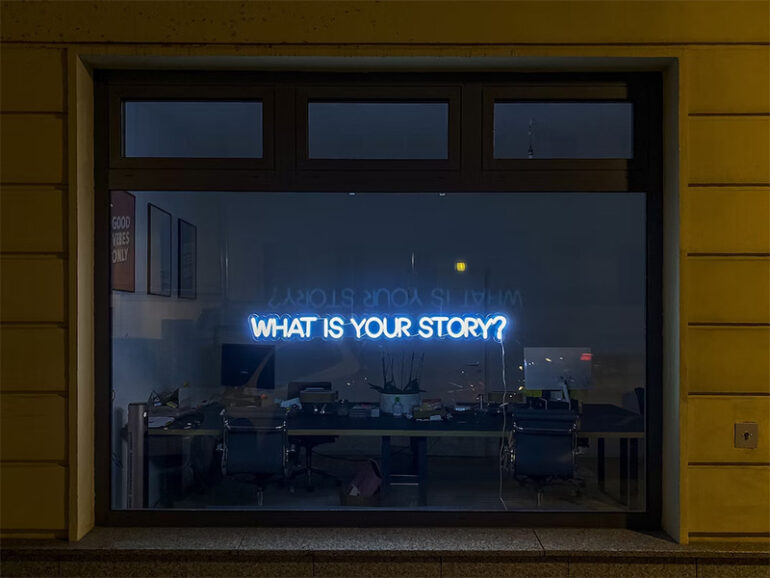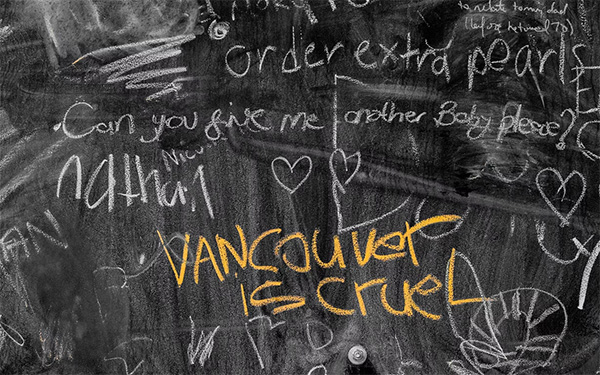Enter the bright world of the arts, where pictures and colors speak more than words ever could. This article examines the value of visual language and how artists convey concepts, feelings, and stories via it. Discover the common language that cuts across cultural barriers and speaks to the human soul as we go through the many artistic expressions.
The Essence of Visual Language
Learn the fundamentals of visual language and how it may communicate in ways that spoken or written language cannot. Investigate the ways in which artists use line, form, color, texture, and composition to communicate message and arouse feelings. Discover how visual clues like contrast, symbolism, and light and shadow add to the complexity and depth of creative expression.
Cultural Context and Symbolism
Examine the symbolism and cultural background that are included into the works of art. Consider how other cultures convey their distinct viewpoints and beliefs through symbols, themes, and visual metaphors. Learn how artists make works that resonate with certain audiences by drawing on cultural allusions, historical occurrences, and personal experiences, bridging the gap between individual expression and group comprehension.
Abstract and Non-Representational Art
Investigate the world of abstract and non-representational art, where the use of visual language becomes more individualized and flexible. Explore the universe of abstract motions, forms, and textures to encourage viewers to interact viscerally with the works of art and give them their own unique interpretations. Viewers are encouraged to explore their own visual and emotional responses as abstract art disrupts conventional conceptions of representation.
Narrative and Storytelling
Narrative creation and storytelling are frequently carried out through artistic expression. Learn how visual clues, composition, and sequential imagery are used by artists to tell engaging stories in their works. Witness the power of visual storytelling in captivating the imagination and delivering complex storylines, from prehistoric cave paintings and illuminated manuscripts to modern graphic novels and conceptual art.
Social Commentary and Political Expression
Politics and social commentary have long been expressed via art. Learn how artists have questioned authority, challenged established standards, and brought attention to current concerns throughout history. Investigate the visual language used in protest art, political cartoons, and socially involved works that reflects the artist’s function as a change-agent and a voice for the oppressed.
Embracing the Multilingual Nature of Art
Celebrate the multilingual nature of art, which combines a variety of artistic styles and materials to provide a complex tapestry of expression. Watch how artists experiment with new forms of communication and combine painting, sculpture, photography, digital art, performance, and installation. Accept the multiplicity and interdependence of creative languages, realizing that each one broadens the dialogue and our comprehension of the human experience.
Visual language transcends words, engaging our imagination and speaking directly to the human soul. We learn a global language that transcends cultural boundaries as we get immersed in the realm of artistic expression, engaging spectators in a discourse that goes beyond spoken language. Through their artistic expressions, artists remind us of the limitless possibilities of human imagination and the transformative potential of art. Let us embrace the power of visual language and appreciate the myriad ways in which artists communicate ideas, evoke emotions, and shape our understanding of the world.
Photo Attribution:
1st and featured image by https://unsplash.com/photos/EP6_VZhzXM8
2nd image by https://unsplash.com/photos/JaNvmkxVY74

